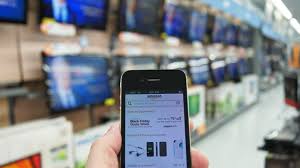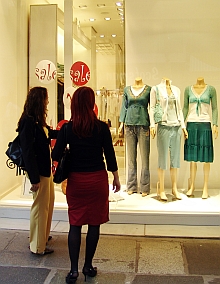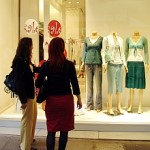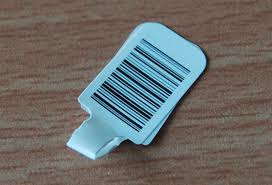 Many of our readers know the term “showrooming” but in case you are not familiar I will explain. Showrooming refers to shoppers who go to a store to seeand then go online to buy it somewhere else, cheaper.
Many of our readers know the term “showrooming” but in case you are not familiar I will explain. Showrooming refers to shoppers who go to a store to seeand then go online to buy it somewhere else, cheaper.
This has been a real problem for many retailers, especially the electronics giant Best Buy whose sales were certainly effected by this act. Of course it is completely within the law to window shop and as retailers we realize that we cannot control the shoppers. I think it’s tacky when the shopper starts scanning product bar codes to use an APP on their phone to locate the product closeby at another store at a lower price.
Everything can’t always be cheaper! That’s just a fact of life. It costs money to run a store and shoppers will soon lose their window shopping when more and more stores close up because of no shopper loyalty or willingness to pay a dollar more to support your local businesses.
Many retailers have tried to fight the showrooming by switching to their own bar codes but found that APP’s also worked with product names and model numbers. So much for that. Then retailers like Best Buy became more proactive with their shoppers – using their sales force to engage shoppers on the sales floor. Not so easy to take snapshots of bar codes with a sales associate standing next to you. Also, the sales associates were able to discuss the product and in many cases offering a price guarantee.
The price guarantee and trolling the sales floor worked for the electronics giant – BUT, and this is a big but….the store’s margins diminished and they turned in a not so rosy profit picture after the holiday season.
So, in essence you can tackle the showrooming by being proactive on the sales floor and offering price matches but it will effect your bottom line. How long can you go seems to be the new wave of retailing. Thank you internet!
Ideas? Opinions? Share with us.





